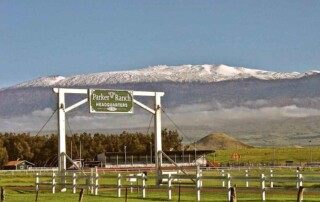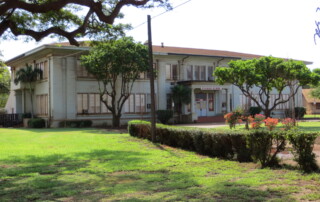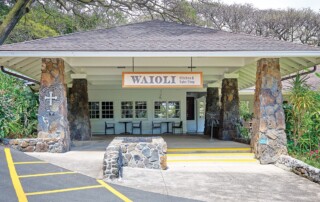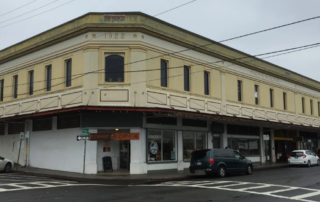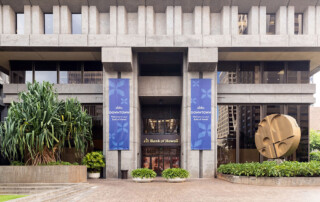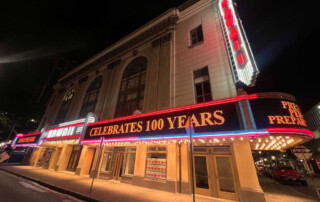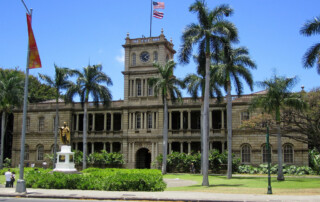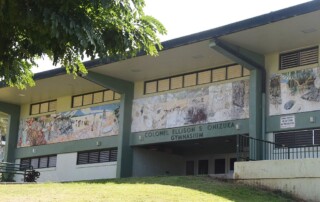Local Icons Celebrate Significant Anniversaries
[fusion_slider margin_top="" margin_right="" margin_bottom="" margin_left="" alignment="center" slideshow_autoplay="" slideshow_smooth_height="" slideshow_speed="" hover_type="none" width="" height="" hide_on_mobile="small-visibility,medium-visibility,large-visibility" class="" id=""][fusion_slide type="image" image_id="29914" link="" lightbox="no" linktarget="_self"]https://historichawaii.org/wp-content/uploads/parker-ranch-2.jpg[/fusion_slide][fusion_slide type="image" image_id="29918" link="" lightbox="no" linktarget="_self"]https://historichawaii.org/wp-content/uploads/Parker_Ranch_12714415555.jpg[/fusion_slide][fusion_slide type="image" image_id="29915" link="" lightbox="no" linktarget="_self"]https://historichawaii.org/wp-content/uploads/R-2.jpg[/fusion_slide][fusion_slide type="image" image_id="29913" link="" lightbox="no" linktarget="_self"]https://historichawaii.org/wp-content/uploads/3530029326_ded9b9380b_o-700x440-1.jpg[/fusion_slide][fusion_slide type="image" image_id="29919" link="" lightbox="no" linktarget="_self"]https://historichawaii.org/wp-content/uploads/Horses_at_Puuopelu_.jpg[/fusion_slide][/fusion_slider] PARKER RANCH, HAWAI‘I ISLAND - CELEBRATING 175 YEARS Parker Ranch was established in 1847 by John Palmer Parker and is located in Waimea on Hawai‘i Island. The ranch covers approximately 130,000 acres making it one of the largest cattle ranches in the nation. The Parker family and more recently, Parker Ranch, Inc., proudly carry on the cattle ranching business and traditions such as rodeo competitions honoring the Paniolo heritage, helping form the roots of many communities throughout Waimea. A favorite location for many community activities, the Ranch hosts events sponsored by the Boy Scouts of America, Cub Scouts, Paniolo Preservation Society, Rotary Club, and many more. The Ranch also is a proud sponsor for the Paniolo Hall of Fame which honors individuals for their contribution to the Paniolo heritage and for participating in the ranching industry. (Photo credits: Pukalani Stable: Blake Handley from Victoria, Canada, CC BY 2.0 <https://creativecommons.org/licenses/by/2.0>, via Wikimedia Commons; Horses at Puuopelu at Parker Ranch By Parker Ranch - Own work, CC BY-SA 4.0, https://commons.wikimedia.org/w/index.php?curid=76348917) Further Resources "Puuopelu and Mana Hale: Home of Modern Day Ali‘i" by Catherine Tarleton, Ke Ola, Hawai‘i Island, 2016, Mar-Apr. https://keolamagazine.com/home/puuopelu-and-mana-hale/ Paniolo Heritage To Be Preserved Through Donation of Pukalani Stables, Parker Ranch (January 8, 2022). IRWIN BLOCK (NIPPU JIJI BUILDING) - 125th ANNIVERSARY Irwin Block (Nippu Jiji Building) in Honolulu is a two-story Romanesque Revival commercial building and one of a number of blue-stone buildings erected in Honolulu during the 1890s. The [...]


